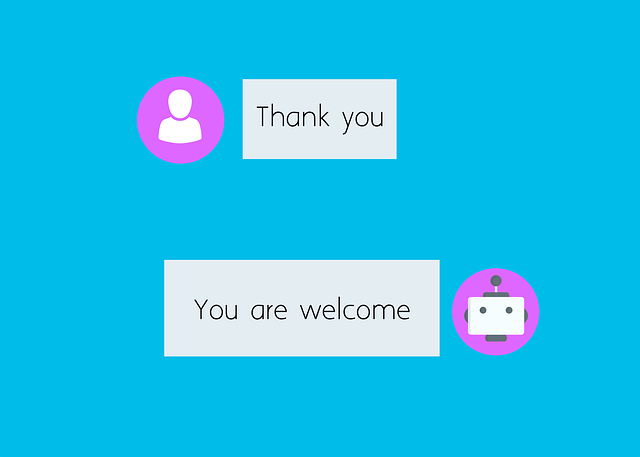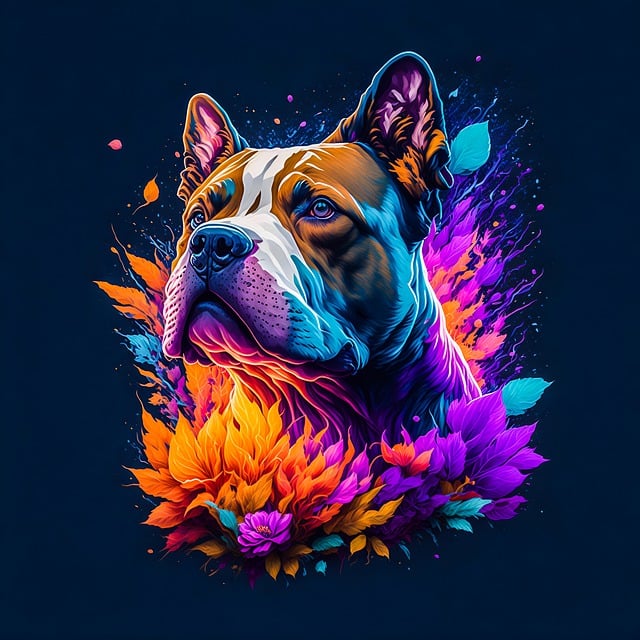Shopify chatbots like oChatbot are revolutionizing online retail with AI-driven support, automating tasks, enhancing user engagement, collecting customer data, and improving efficiency and ROI. Measuring success through Return on Revenue (RoR) is key, tracking revenue from chatbot interactions and dividing it by the total investment to determine if the oChatbot is generating more value than it costs. Regularly monitoring these metrics allows for data-driven decisions to optimize performance and maximize returns on investment in Shopify chatbots.
In today’s digital landscape, Shopify chatbots are transforming the e-commerce experience. These intelligent assistants offer 24/7 support, enhance customer engagement, and drive sales. However, measuring their true value goes beyond satisfaction ratings. This article delves into the crucial aspect of evaluating return on revenue (RoR) for Shopify chatbot integration, specifically exploring how oChatbot can contribute to your bottom line. By understanding these metrics, you’ll unlock the full potential of your chatbot strategy.
- Understanding Shopify Chatbots and Their Potential
- Measuring Success: Calculating Return on Revenue for oChatbot Integration
Understanding Shopify Chatbots and Their Potential

Shopify chatbots, like oChatbot, are increasingly becoming a game-changer for online retailers. They offer a seamless and personalized customer experience by providing instant support, answering product queries, and even guiding users through the checkout process. This technology leverages artificial intelligence to understand and respond to customer needs, enhancing user engagement and driving sales.
The potential of Shopify chatbots is vast. By automating repetitive tasks and offering 24/7 availability, they free up human resources for more complex issues, improving overall efficiency. Moreover, these chatbots can collect valuable customer data, enabling businesses to tailor marketing strategies and personalize offers. With the right implementation, a Shopify chatbot can significantly boost return on revenue by increasing customer satisfaction and loyalty.
Measuring Success: Calculating Return on Revenue for oChatbot Integration

Measuring success is a critical aspect of evaluating any investment, and integrating an oChatbot into your Shopify store is no exception. The primary metric to consider here is Return on Revenue (RoR), which quantifies the profitability of your chatbot integration. To calculate RoR, you’ll need to track the revenue generated directly attributable to chatbot interactions, such as increased sales from personalized product recommendations or improved customer retention due to enhanced support.
Divide this revenue by the total investment in your oChatbot—including setup costs, ongoing maintenance, and marketing expenses—to determine your return. A positive RoR indicates that your Shopify chatbot is generating more value than it costs, highlighting its effectiveness in driving business growth. Regularly monitoring and analyzing these metrics will help you make data-driven decisions to optimize your chatbot’s performance and maximize your investment.
Shopify chatbots, like oChatbot, offer a promising ROI by enhancing customer engagement and streamlining support. By automating tasks, providing 24/7 assistance, and offering personalized experiences, these tools can significantly boost sales and customer satisfaction. Effective measurement strategies, as outlined in this article, are key to unlocking the full potential of Shopify chatbot investments and ensuring they drive tangible revenue growth for online stores.
